
Strange theory for those who’ve never br.oken a bone
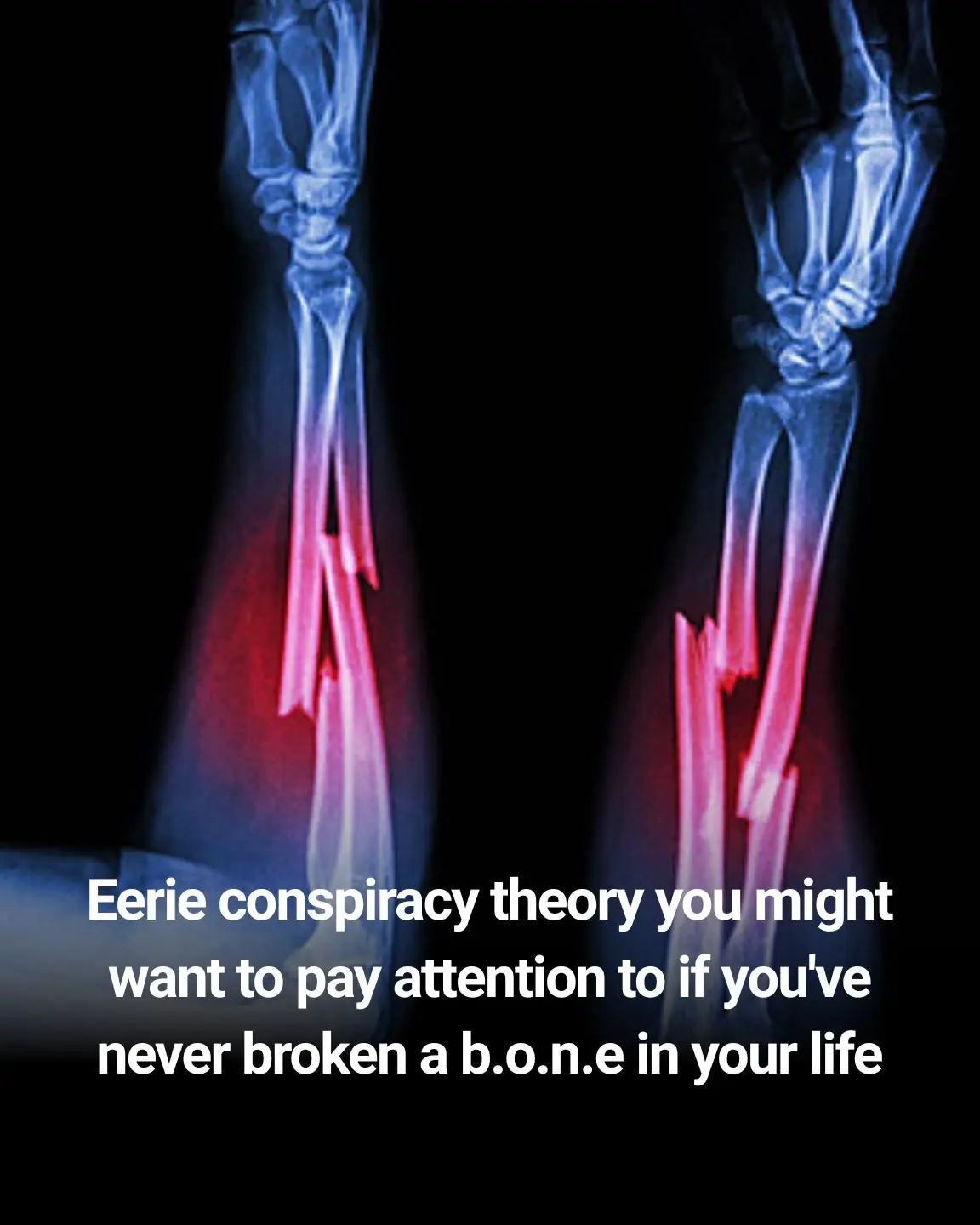
Breaking a bone is one of those life experiences most people encounter at least once. Whether it's from a sports injury, an accident, or even something as simple as a slip on a wet surface, fractures are a common part of life. However, there exists a strange and almost whimsical theory for those who’ve never broken a bone. For many individuals who’ve made it through life without so much as a fracture, it might feel like an unspoken mystery - why do some people seem accident-prone while others remain miraculously unscathed?
In this article, we explore this peculiar theory, delve into the science behind bone health, and examine why some people seem immune to fractures while others encounter them frequently. Is it luck, genetics, or is there something more at play?
The Mystery of the Unbroken Bone
For those who have never had the unfortunate experience of a broken bone, there’s a sense of awe that comes with the idea of being accident-free throughout their lives. Some view it as sheer luck, while others might joke that they’ve simply mastered the art of avoiding danger. But could there be something more profound behind this phenomenon?
One theory suggests that the unbroken have a combination of genetic advantages, natural caution, and perhaps even psychological resilience that help them avoid accidents and maintain strong, healthy bones. The idea that certain individuals seem to be more accident-prone than others raises the question: Is it just bad luck, or is there an underlying factor that determines the likelihood of experiencing fractures?
1. Genetic Factors: Strength in the DNA
One of the most straightforward explanations lies in our genetics. Some people are born with denser, stronger bones, and this can significantly reduce the likelihood of fractures. Genetics plays a crucial role in determining bone density, which is the amount of mineral content in the bones, primarily calcium and phosphorus. The more mineral-rich the bones, the less likely they are to break, even under pressure or force.
-
Osteoblasts and Osteoclasts: Bone strength is determined by the balance between two types of cells in the body: osteoblasts (bone-building cells) and osteoclasts (bone-resorbing cells). Some individuals may have a genetic advantage in maintaining a higher number of osteoblasts, ensuring that bones remain dense and strong throughout their lives.
-
Bone mineral density (BMD): Higher BMD directly correlates with stronger bones and a reduced risk of fractures. Certain genes can predispose people to higher BMD, which means they are less likely to break bones.
For example, genetic variations in the COL1A1 gene, responsible for collagen production in bone tissue, can significantly impact bone strength. People with stronger collagen fibers in their bones are less prone to fractures.
2. The Role of Lifestyle and Activity Level
Although genetics may play a significant role in bone strength, lifestyle choices and physical activity are also important factors in determining whether someone will experience a fracture.
-
Active vs. Sedentary Lifestyle: People who engage in regular physical activity, especially weight-bearing exercises such as walking, running, or strength training, tend to have stronger bones. Physical activity stimulates bone remodeling, where old bone tissue is replaced by new, stronger tissue.
-
Caution and Risk-Avoidance: Another element that may contribute to the unbroken is caution. Some individuals, either through their natural disposition or learned behavior, avoid risky activities that could lead to accidents. For example, people who are generally cautious or have a more conservative approach to life may instinctively avoid situations where a fall or injury is more likely.
3. Psychological Factors: The Mind's Influence on the Body
Psychology plays a more substantial role in preventing fractures than we might think. Some believe that mental resilience and self-awareness can protect individuals from accidents. Here's how:
-
Risk Perception: People who are more mindful and aware of their surroundings tend to have a better sense of risk perception. They are more likely to avoid situations where an injury might occur, such as walking on slippery surfaces or engaging in physically demanding activities without proper precautions.
-
Cognitive Function: Research suggests that mental clarity and quick decision-making skills can prevent accidents from happening. For example, people with good reaction times and problem-solving skills are more likely to react quickly and appropriately to avoid accidents.
-
Confidence vs. Overconfidence: Interestingly, while confidence in one’s abilities is helpful for physical activities, being overly confident or reckless can lead to accidents. People who maintain a sense of realistic self-awareness are less likely to push their limits and risk injury.
4. Bone Health Maintenance: Diet and Nutrition
While genetics and psychology play a significant role in avoiding fractures, bone health maintenance is key in strengthening bones and reducing the risk of injury. Diet and nutrition are paramount in ensuring bone strength. Here’s how a balanced diet can help:
-
Calcium: Calcium is a fundamental mineral for building strong bones. Consuming calcium-rich foods such as dairy products, leafy greens, and fortified plant-based milks can help prevent bone loss.
-
Vitamin D: This vitamin is essential for the body to absorb calcium. Spending time in the sun and eating foods rich in vitamin D, such as fatty fish, can help maintain strong bones.
-
Magnesium: This mineral supports the formation of bone structures and is found in foods like nuts, seeds, and whole grains.
Maintaining a balanced diet ensures that the bones remain strong and less susceptible to injury.
5. The Role of Hormones: Estrogen and Bone Health
Hormones play an essential role in bone density, particularly for women. As women age and approach menopause, their estrogen levels drop, leading to bone loss. This makes women more vulnerable to fractures as they grow older.
-
Hormonal Balance: While women are more prone to osteoporosis and fractures due to lower estrogen levels, men’s bones can also weaken as they age due to changes in testosterone levels. Ensuring proper hormonal balance through lifestyle choices, exercise, and diet can help prevent bone loss.
-
Bone Density Screening: For those at risk, regular bone density testing can help identify bone loss early, allowing for intervention before a fracture occurs.
Conclusion: Is It Just Luck or Is There More to It?
While it may seem like some people are simply lucky enough to avoid broken bones, there are various factors at play, from genetic predisposition to lifestyle choices and mental resilience. It’s not just about avoiding risks, but also about taking care of your bones through a combination of healthy habits, exercise, proper nutrition, and regular monitoring of your bone health.
For those who have made it through life without a single fracture, it’s likely a combination of good genetics, careful decision-making, and overall health that has kept their bones strong. For others, it may take a bit of extra attention to prevent accidents, maintain bone health, and ensure long-term well-being.
Ultimately, a proactive approach to bone health through mindful choices and a balanced lifestyle can help everyone stay healthy and strong.
News in the same category

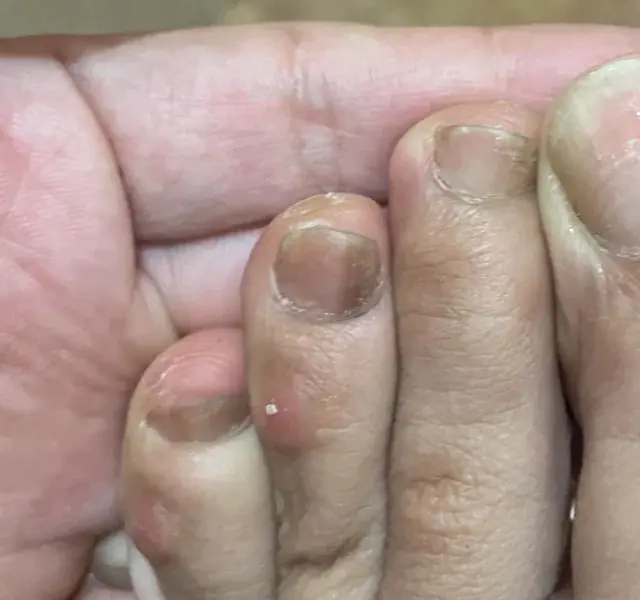
The Feet of People “Hiding” Can.cer Often Show 5 Differences

12 signs that may signal a brain aneurysm — Don’t ignore them
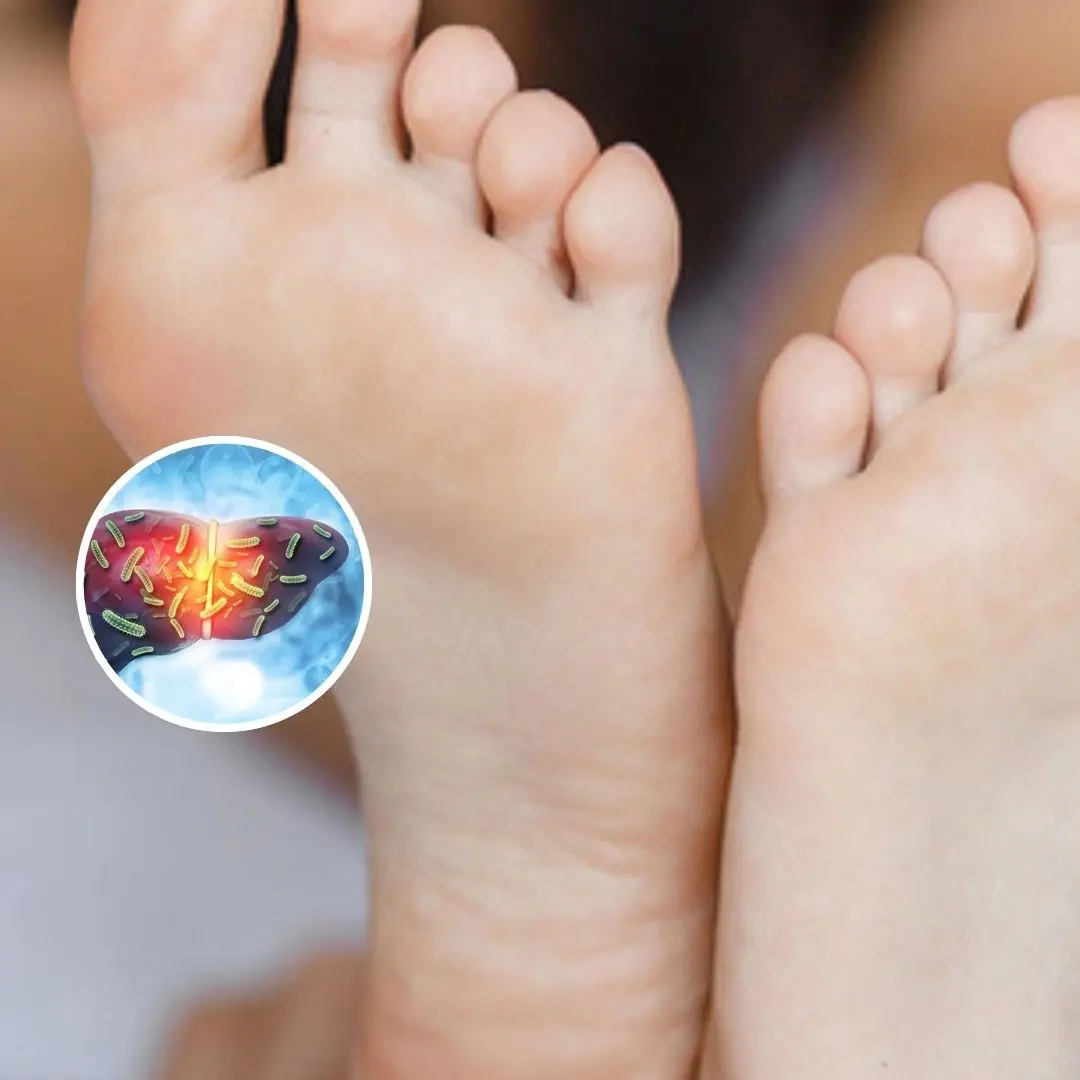
hese 4 Changes on the Soles of Your Feet May Signal Poor Liver Health — Not Having Them Is a Blessing

Purple leaf plant: A natural remedy for headaches and more
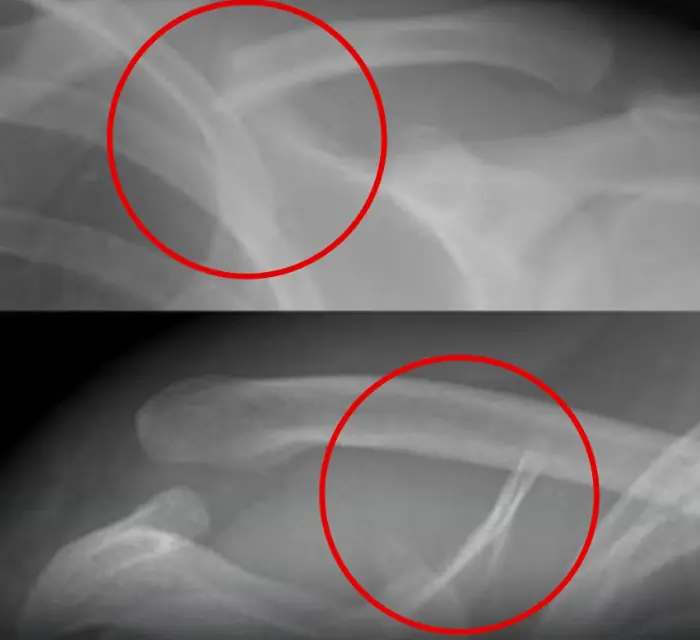
This poi.son des.troys your bones, but you drink it everyday

5 Red Flags of Kidney Stones That Everyone Should Watch Out For

Garlic eliminates infections: Sinusitis, UTIs, Sore Throat & More – 12 benefits and how to use it
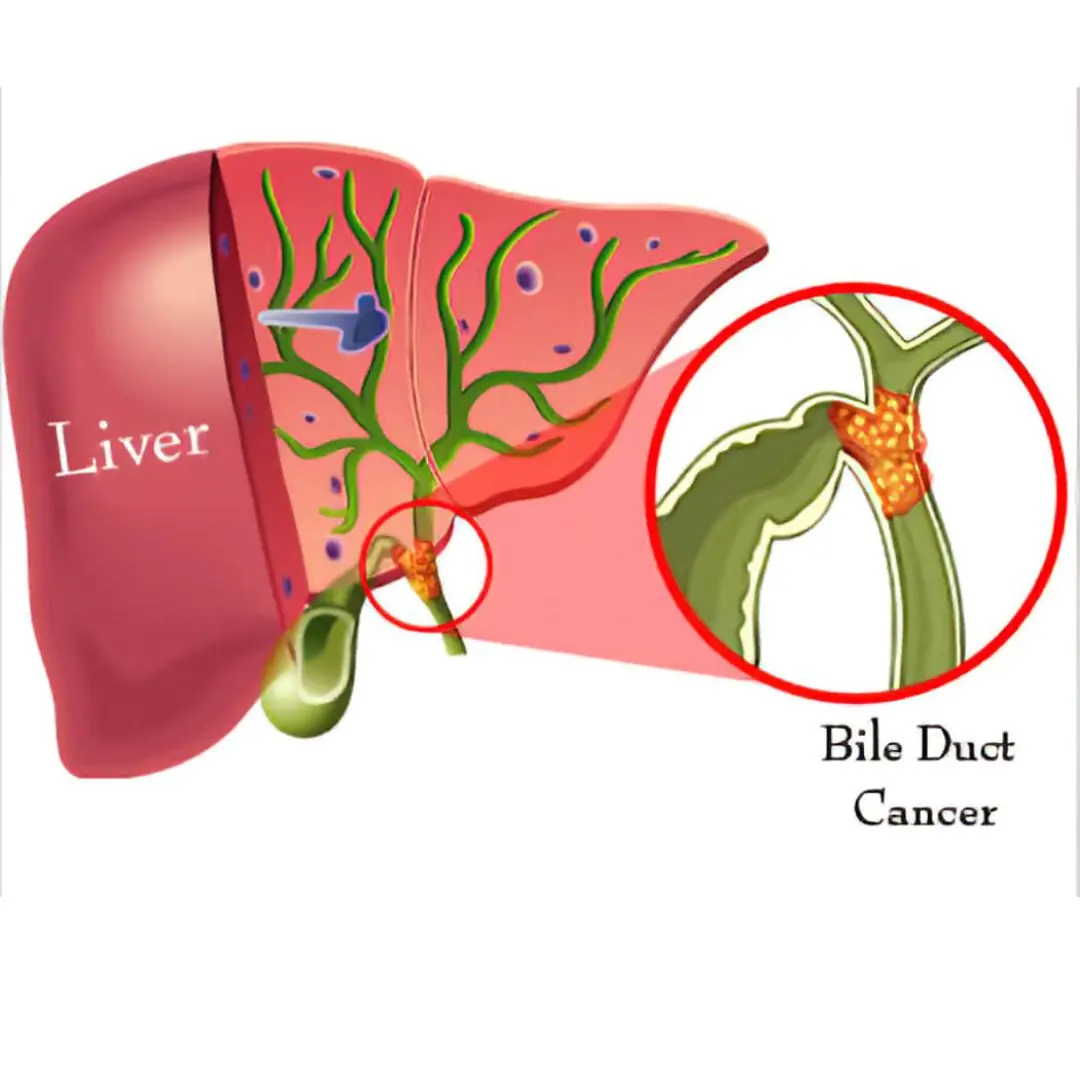
7 Early Signs of Bile Duct Cancer You Shouldn’t Ignore
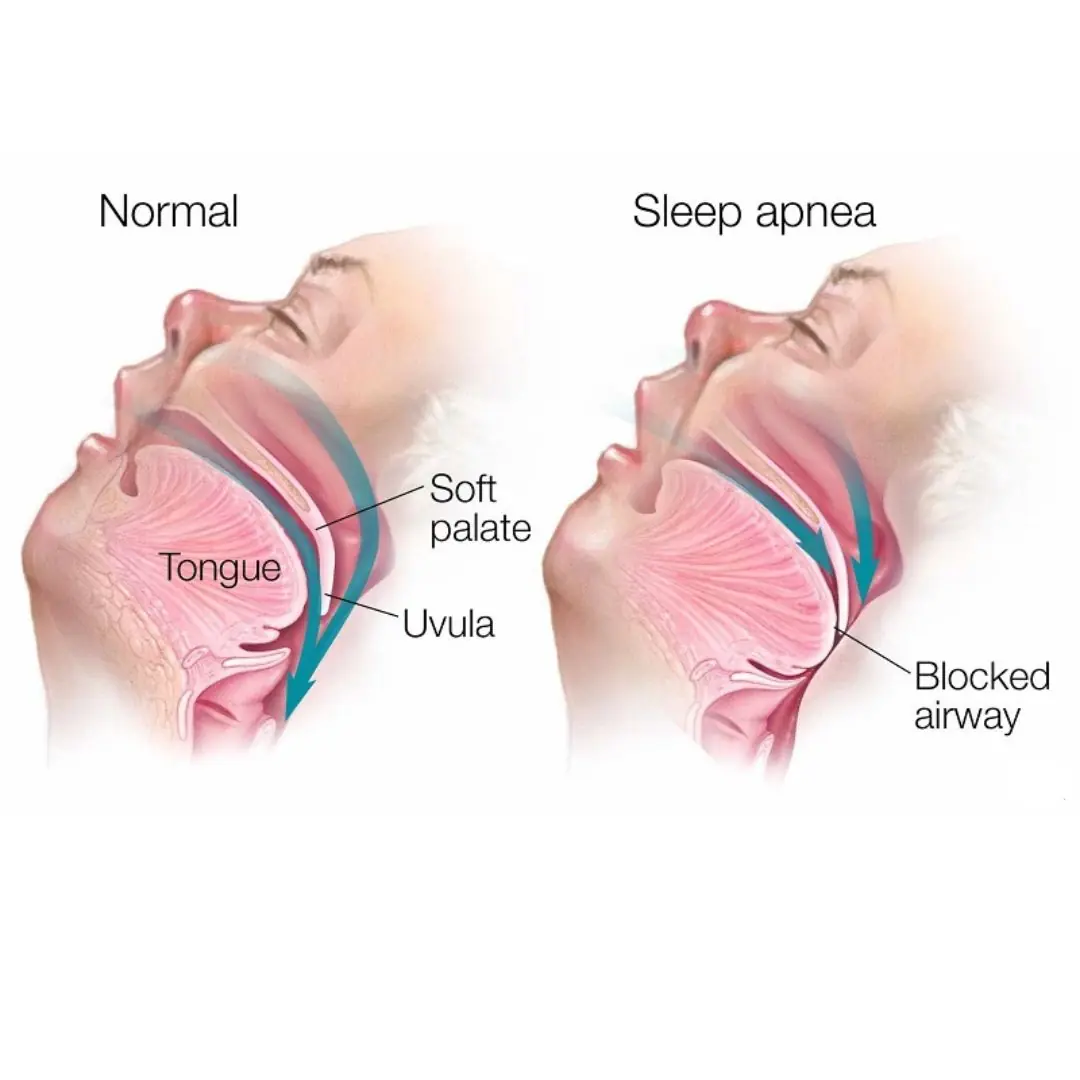
4 Signs You Might Have Sleep Apnea

Frequently waking up at 3-4 AM: Be careful of these 4 sc.ary dis.eases

12 noticeable benefits of eating banana and avocado every morning for just one month
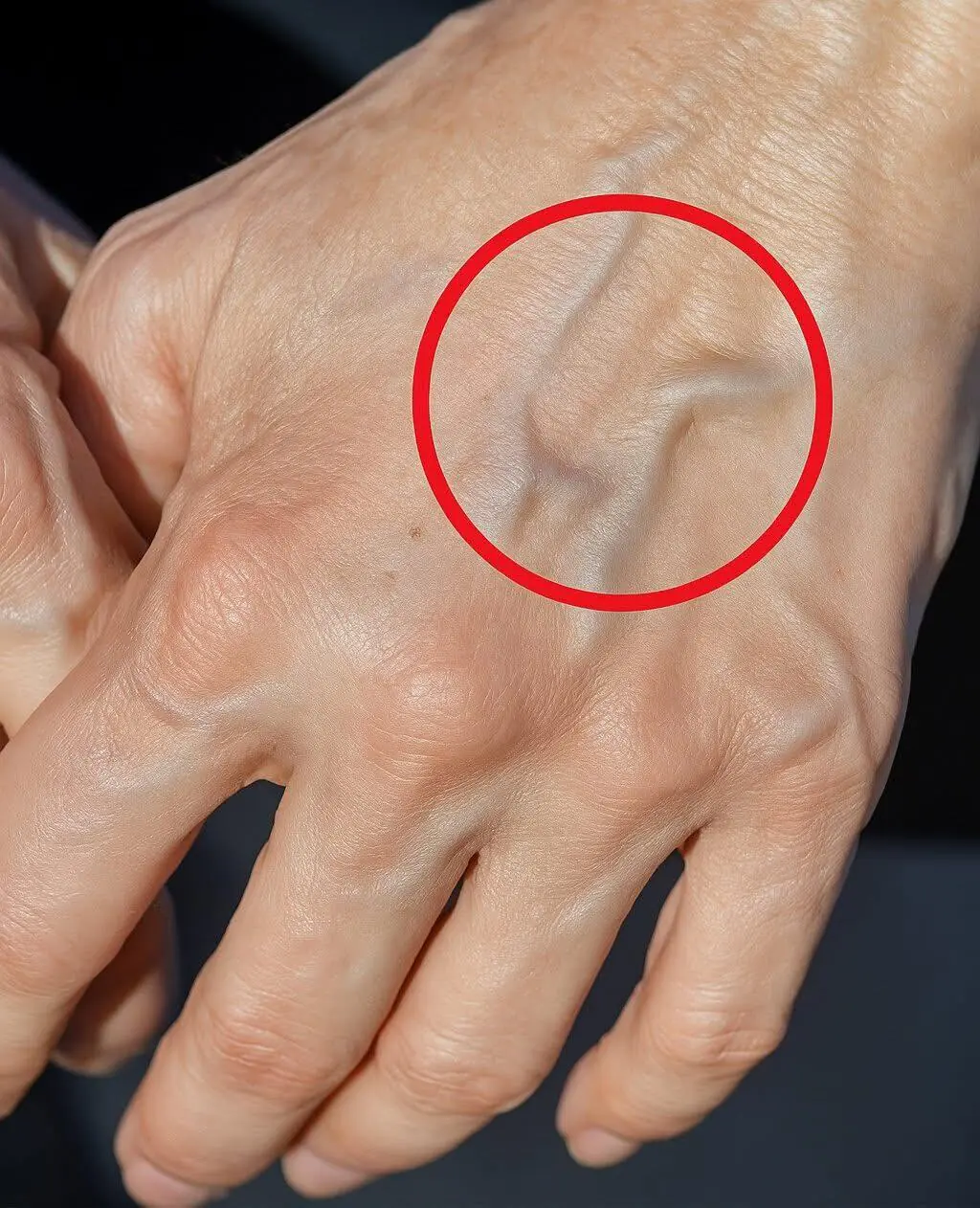
If Veins Suddenly Pop Out on Your Hands
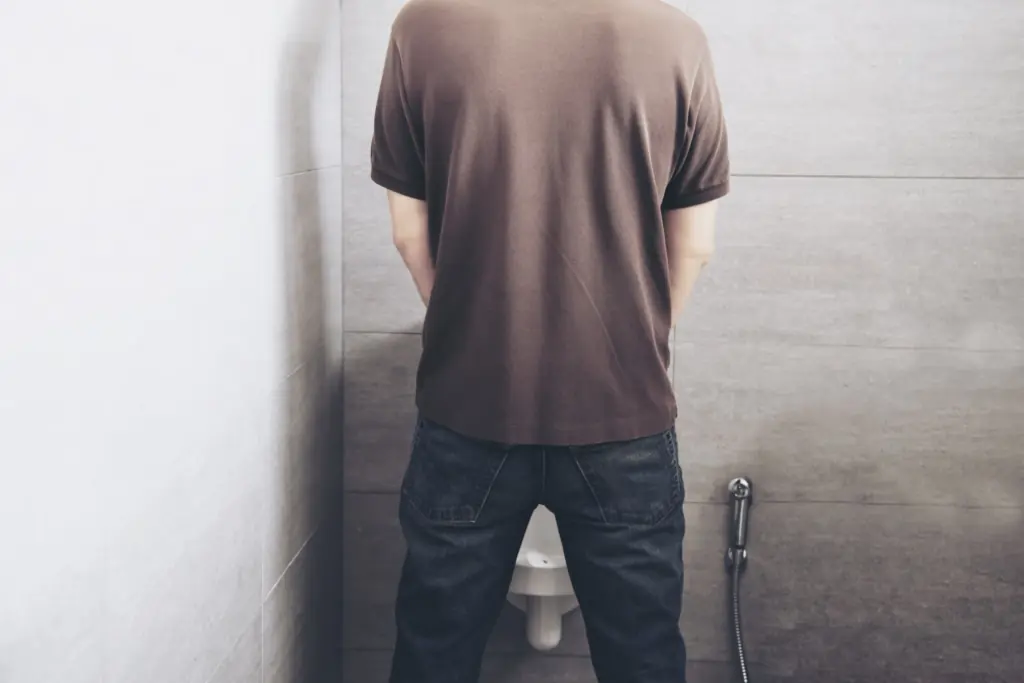
All The Things You Need to Know About Nighttime Urination And When To Start Worrying

Umbilical Hernia: Causes, Symptoms and Treatment
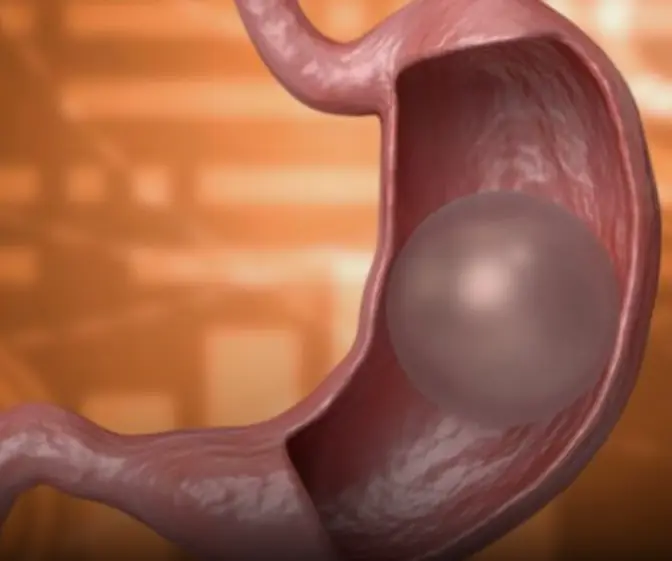
What happens if the gastric balloon bur.sts?

Gassier at Night? Here’s Why (and What To Do About It)

What is myasthenia gravis and what are its symptoms?

Eating chicken eggs is harmful to these 5 groups of people
News Post

Smart Women Take Advantage of Their Peri.od to Do These 4 Things: Relieve Fatigue, Cleanse the Ute.rus, and Detox the Body

The Feet of People “Hiding” Can.cer Often Show 5 Differences

Hotel Staff Confess: 5 “Clean-Looking” Items in Motels & Hotels That Are Actually Filthy – Number 4 Will Sho.ck You Most!

Sign Someone Might Be Planning to Leave

If the paint inside a rice cooker or non-stick pan is scratched or peeling

12 signs that may signal a brain aneurysm — Don’t ignore them

hese 4 Changes on the Soles of Your Feet May Signal Poor Liver Health — Not Having Them Is a Blessing

Purple leaf plant: A natural remedy for headaches and more

This poi.son des.troys your bones, but you drink it everyday

5 Red Flags of Kidney Stones That Everyone Should Watch Out For

Garlic eliminates infections: Sinusitis, UTIs, Sore Throat & More – 12 benefits and how to use it

7 Early Signs of Bile Duct Cancer You Shouldn’t Ignore

Few People Realize the Real Reason Behind That Little Hole Above the Sink

4 Signs You Might Have Sleep Apnea

There is a button on the washing machine that if turned on, the clothes will be cleaner and last longer, but many people still don't know about it.

Pests Are Secretly Taking Over Your House — Watch Out for These 7 Warning Signs

Frequently waking up at 3-4 AM: Be careful of these 4 sc.ary dis.eases

12 noticeable benefits of eating banana and avocado every morning for just one month
